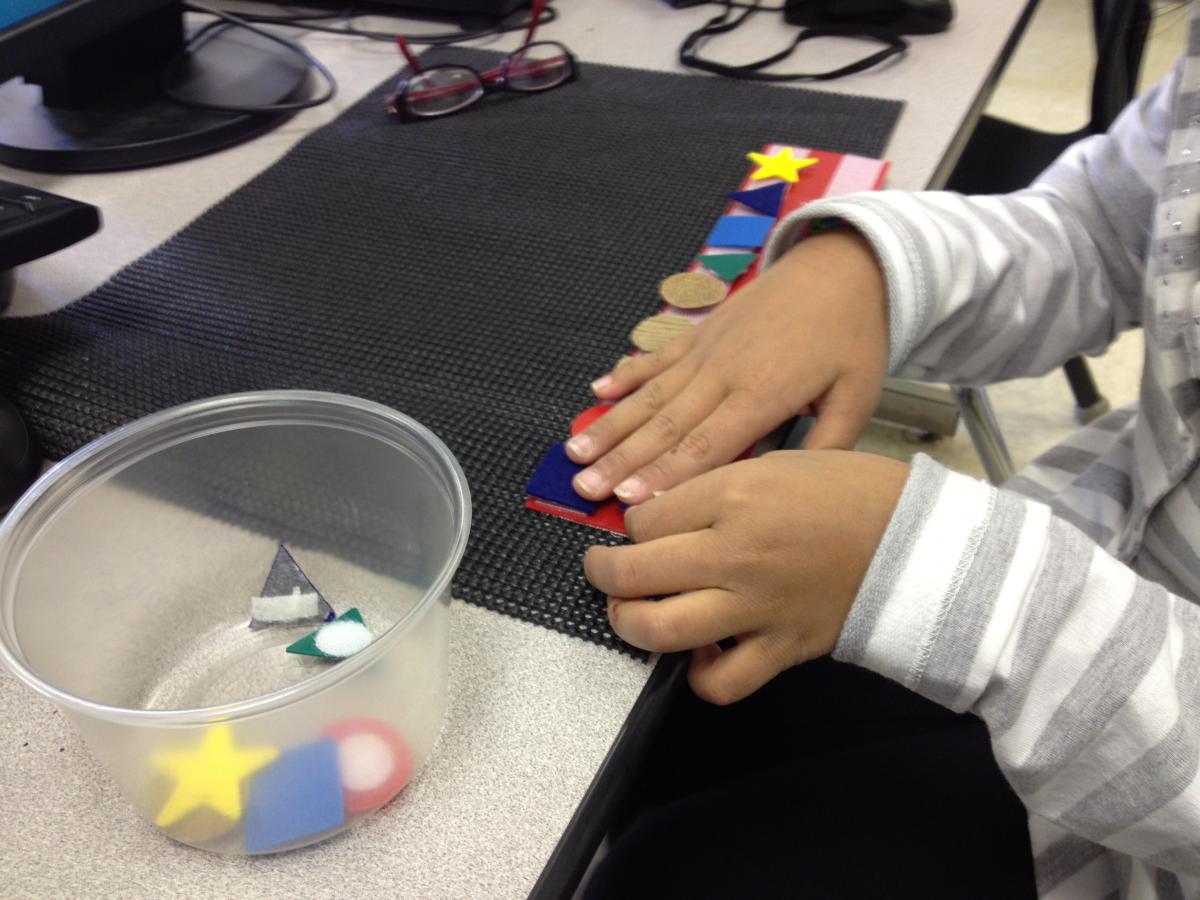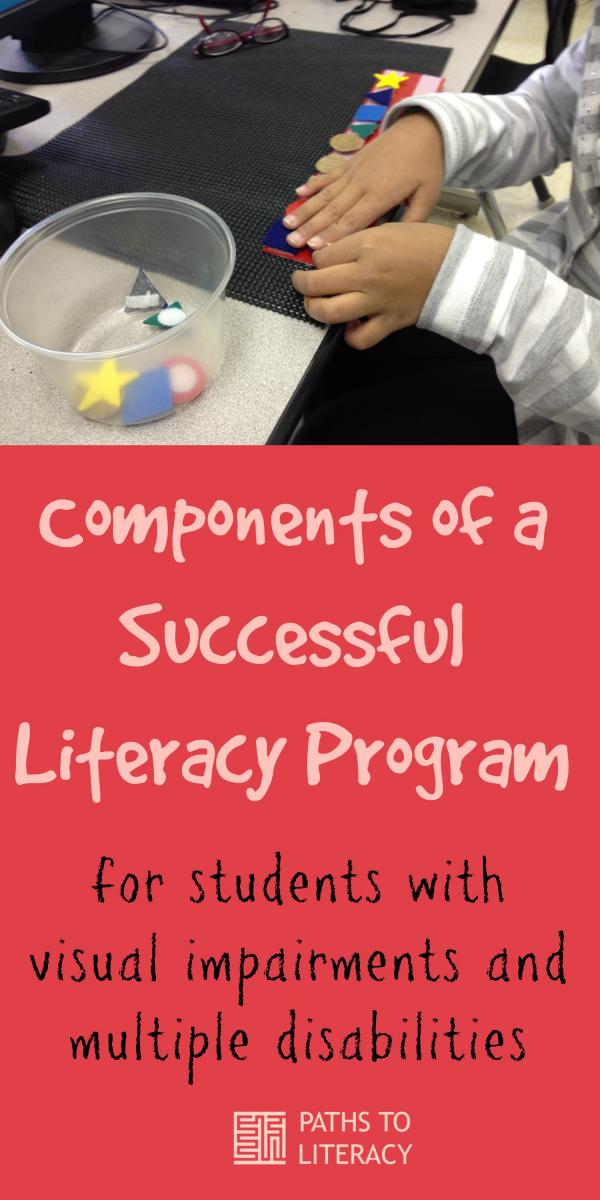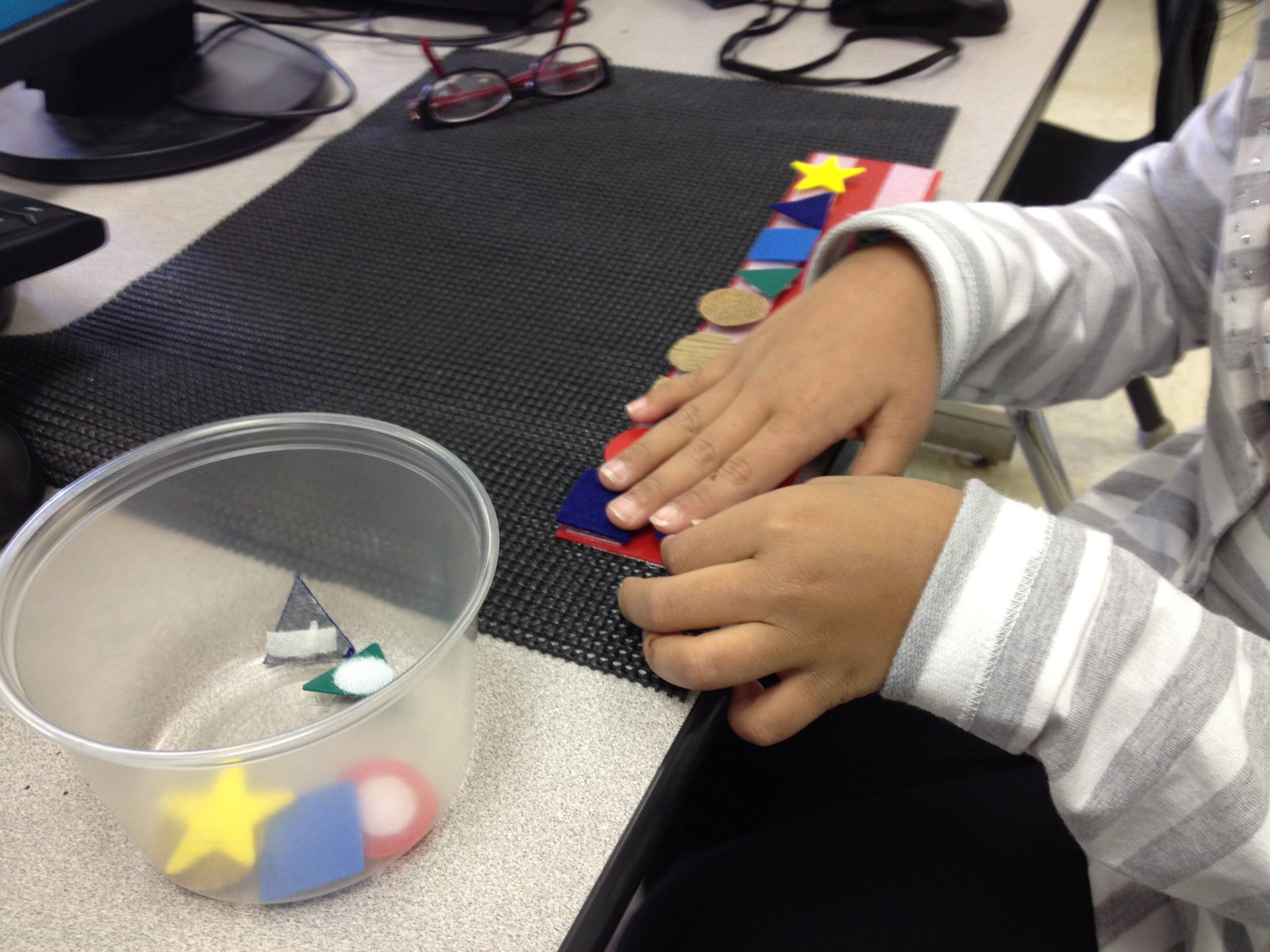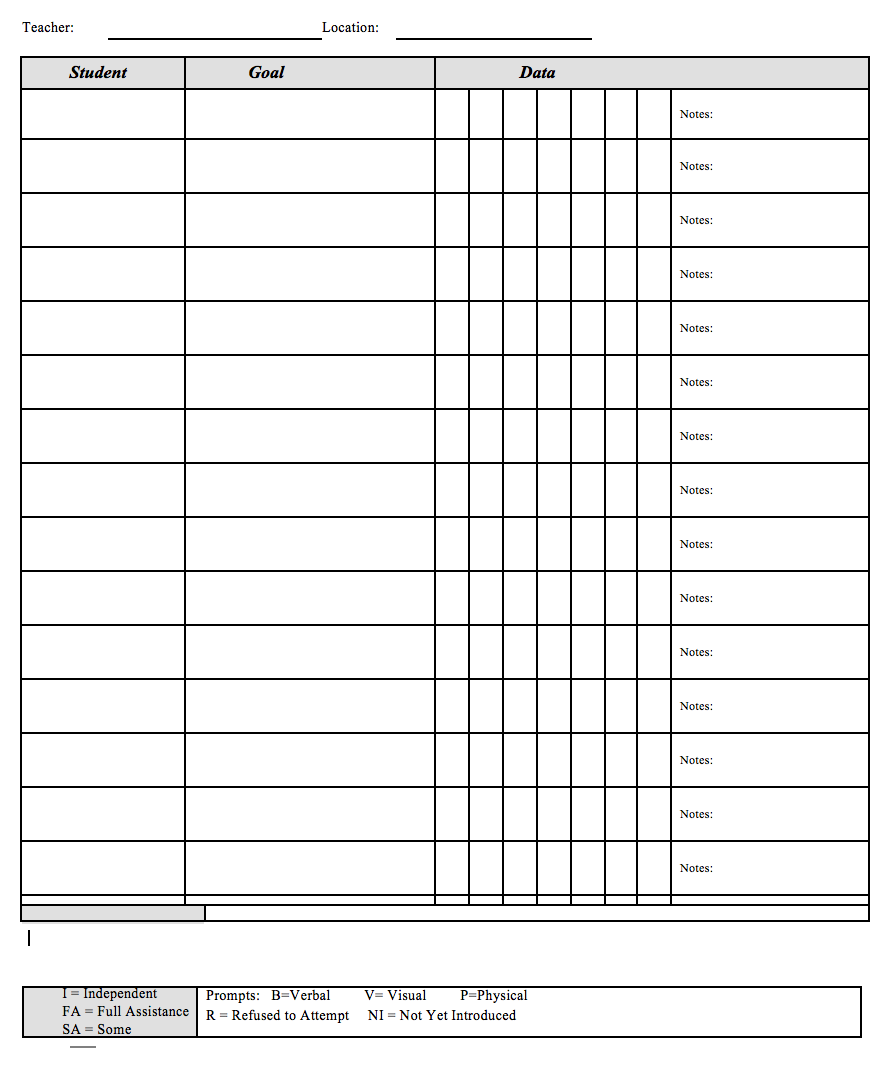 How many of us serve students who have both a severe visual impairment and multiple disabilities, including intellectual disabilities? How many of us have attempted literacy instruction or braille with this population of students? And, if you have, how many of us feel we have hit a brick wall and need some guidance for the next step?
How many of us serve students who have both a severe visual impairment and multiple disabilities, including intellectual disabilities? How many of us have attempted literacy instruction or braille with this population of students? And, if you have, how many of us feel we have hit a brick wall and need some guidance for the next step?
Literacy is vital to the ability of students to succeed in the sighted world and in the workplace. We must tap into the potential of all students, including those with additional disabilities, and help these students progress as far as is possible.
This is the first of a series of posts in which I will share specific strategies which have proved successful for me when working with this population of students.
The components involved in providing successful literacy instruction are:
- Differentiation: As we all are aware, no two children are the same. What will work for one student may not work for another. We must adapt and adjust as needed.
- Creativity: You must think outside the box! Accommodate, modify and create based on the individual student’s needs and interests.
- Meaningful: Without meaning there is no point! You have to connect what you are doing to something meaningful for the student. This is where experience books are wonderful. If it is not meaningful to them, there is little chance of retention.
- Consistency: Figure out what works and stick with it! Students with additional disabilities need consistency with language, their schedules, where service is provided and with the service providers.
- Repetition: Practice, practice, practice! You will be doing the same strategy over and over until it sticks.
- Patience: This is vital! Wait for the “light bulb moment”! It may feel like you are doing the same thing for months without progress, but one day it will happen and it will be worth the effort!
- Enthusiasm and Praise: If you are excited, they will be too! They will need positive reinforcement!
- Collaboration: Every team member works together to accomplish goals to support the needs of the child!
- Data Collection: This can sometimes be the hardest component, but you must collect and analyze data. I have provided a sample data sheet.






